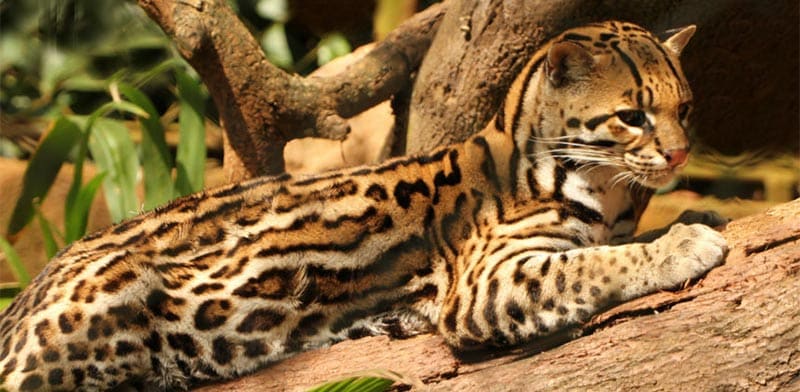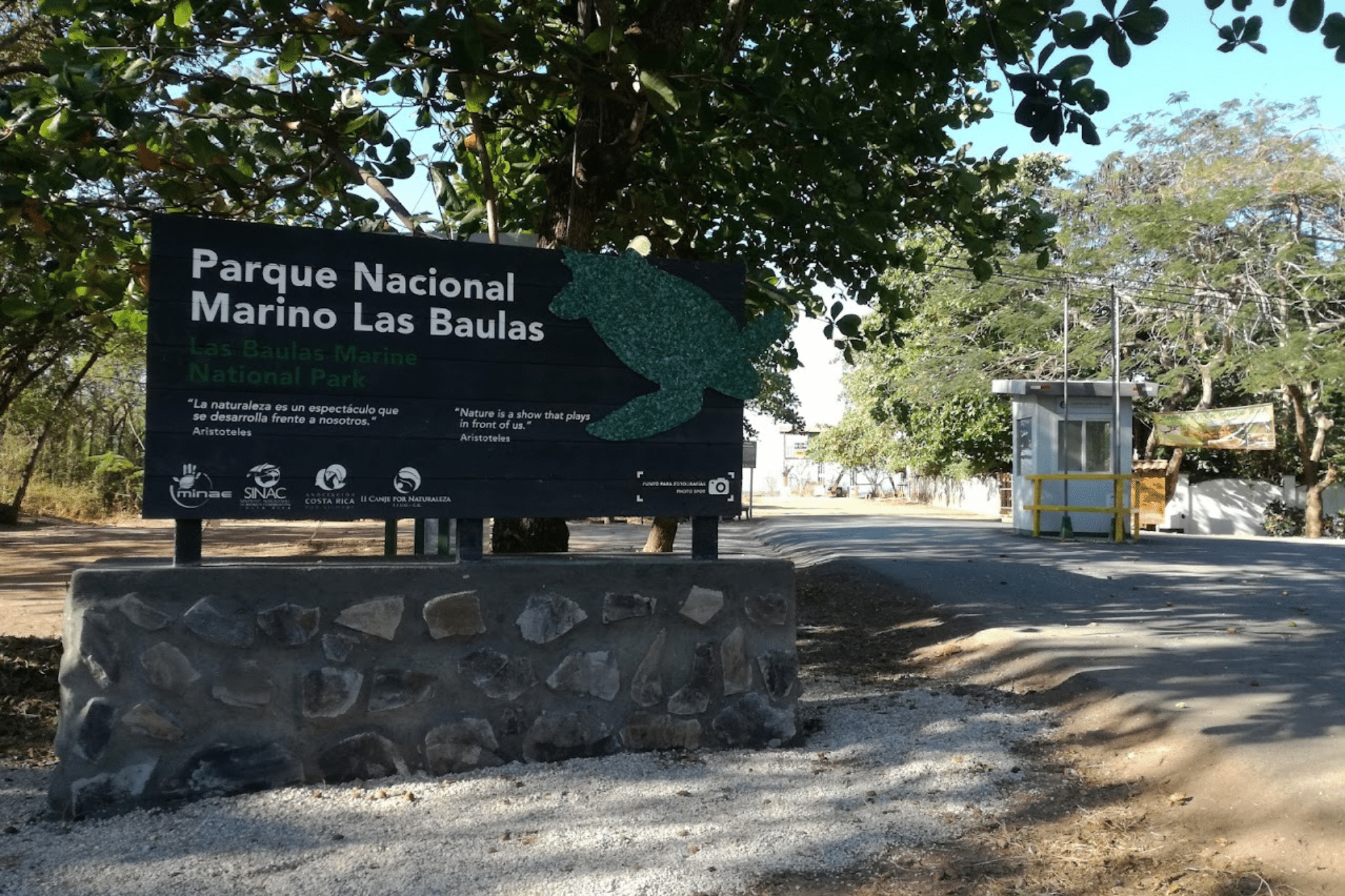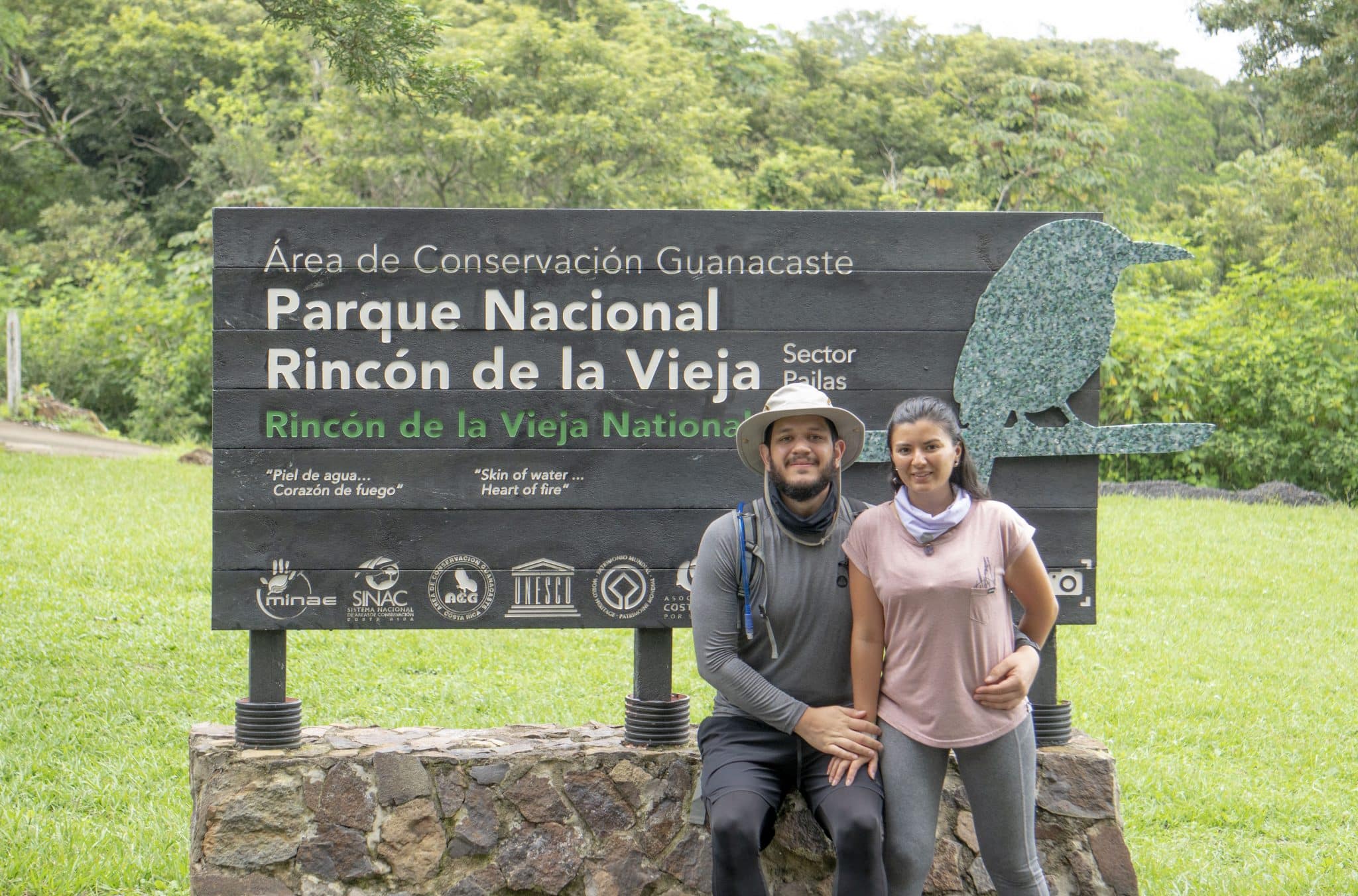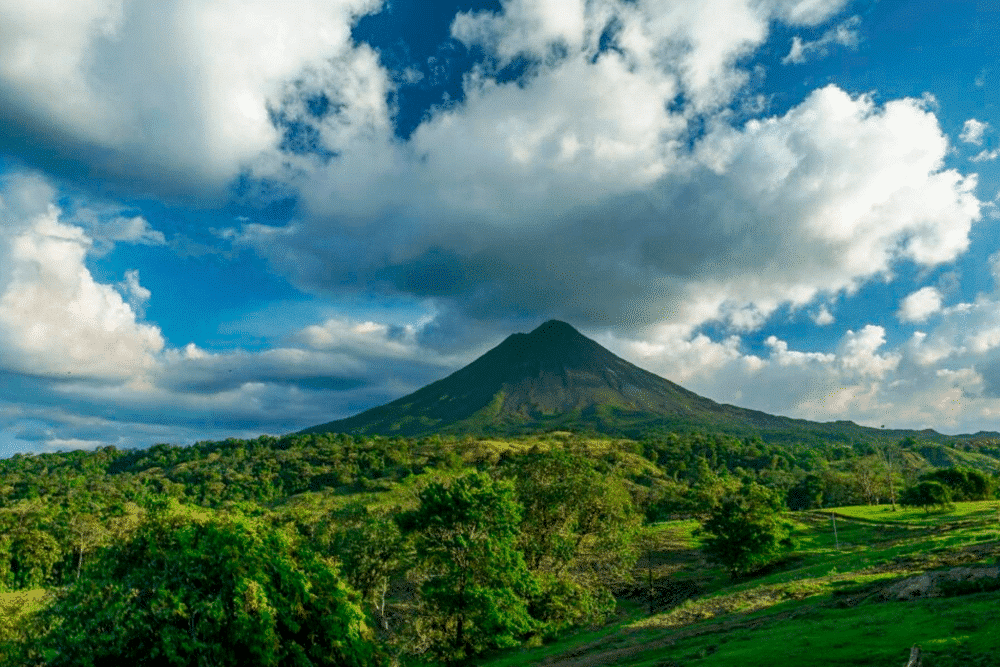[vc_row][vc_column][vc_column_text css=”.vc_custom_1534779775130{margin-bottom: 0px !important;}”]
The Tigrillo, also known as an Oncilla or “little jungle cat”, is one of Costa Rica’s most exotic inhabitants
Little jungle cats of Costa Rica, called el tigrillo, are exciting and fun to spot- hike through one of our many beautiful rainforest preserves and you may just catch sight of one!
The oncilla, also known as Tigrillo or little tiger cat is a native of the rainforests and mountains of Costa Rica and northern Panama. Its South American range extends as far as northern Argentina. Some experts consider Costa Rica’s oncillas to be a distinct subspecies (Leopardus tigrinus oncilla) of the genus.
Closely related to the ocelot, the oncilla is slighter and longer than a domestic cat; average weight ranges from 3 to 7 pounds. Like the ocelot, the oncilla has dark rosettes and its coat varies in color from light yellow-brown to dark ochre, providing camouflage in the dappled shade of the rainforest. The belly and underside are paler but still feature the rosette markings. The oncilla has a ringed tail and the backs of its ears feature bold “eyespot” rosettes. Leg rosettes diminish in size down the legs.
Carnivores, oncilla feeds small mammals, birds, lizards, stalking its prey from a distance and pouncing once in range. Mostly active at night, some oncillas feed on diurnal lizards and have been seen during the day.
Oncillas are sexually mature at about 2 ½ years. Females produce litters of one to three kittens after a 75-day gestation. The average lifespan is 11 years, with some instances of oncillas living to be 17 years.
The International Union for the Conservation of Nature rates oncilla as a vulnerable species because of deforestation, poaching and human encroachment on its habitat. CITES, the Convention on International Trade of Endangered Species has banned international commerce (exotic trade and related products).
Among the conservation areas and national parks where you might just spot one of these lovely, yet elusive, creatures is Carara National Park, La Cangreja National Park, Rincon de la Vieja, Guanacaste, Corcovado, Piedres Blancas; for a real hiking challenge and abundance of nature, try Chirripo.
While hiking through any one of Costa Rica’s beautiful preserves, you’re also likely to spot scarlet macaws, hummingbirds, toucans, Jacamars, motmots, white-tailed deer, collared peccaries, agouti, kinkajous, white-faced capuchin monkeys, Hoffman’s two-toed sloths, and a multitude of insects, frogs, and other amphibians.
The little tiger cat is one of Costa Rica’s endemic treasures and a sight worth seeing if you have the chance.
Ask your concierge at your small distinctive hotel; they’ll be sure to point you in the right direction and help you make arrangements for the hiking experience of your dreams.[/vc_column_text][/vc_column][/vc_row][vc_row][vc_column][mk_padding_divider][/vc_column][/vc_row][vc_row fullwidth=”true” fullwidth_content=”false” css=”.vc_custom_1520619632050{background-color: #0e2960 !important;}”][vc_column][vc_wp_text][static_block_content id=”1426″][/vc_wp_text][/vc_column][/vc_row]











